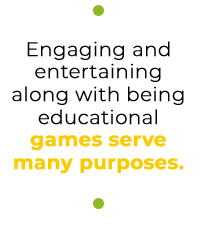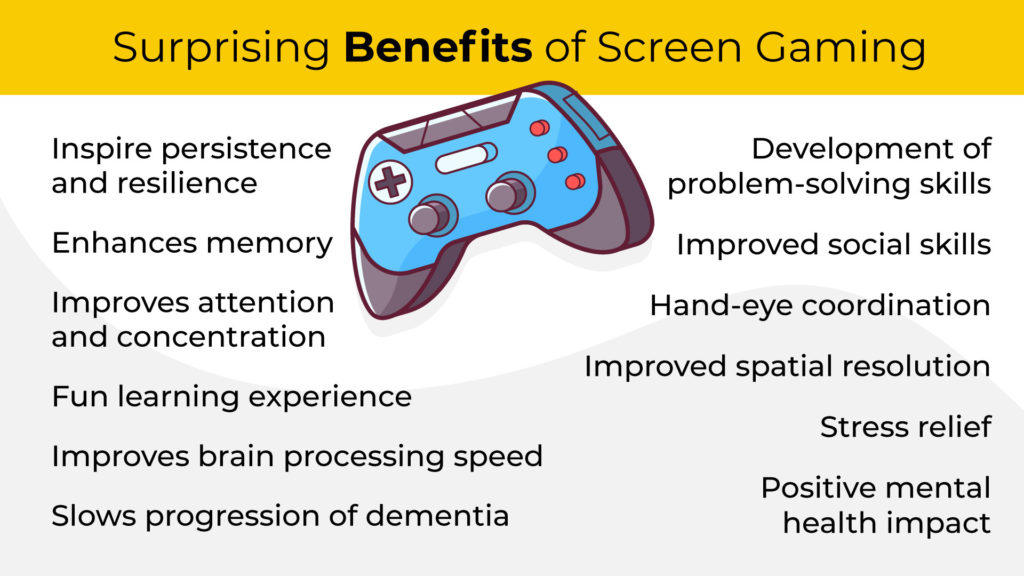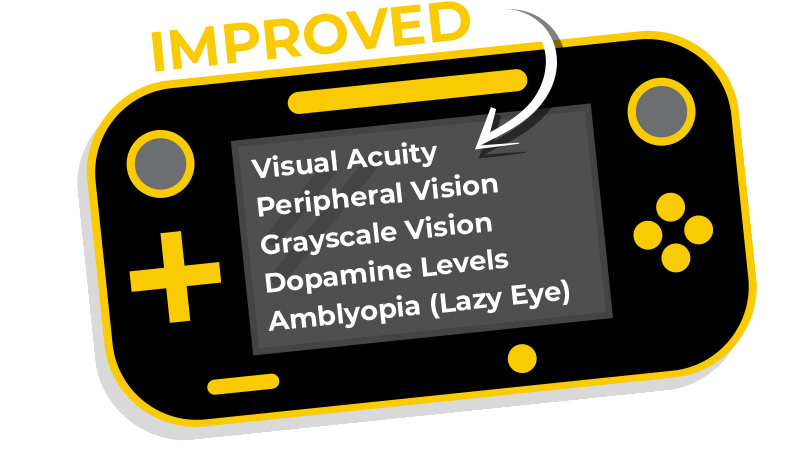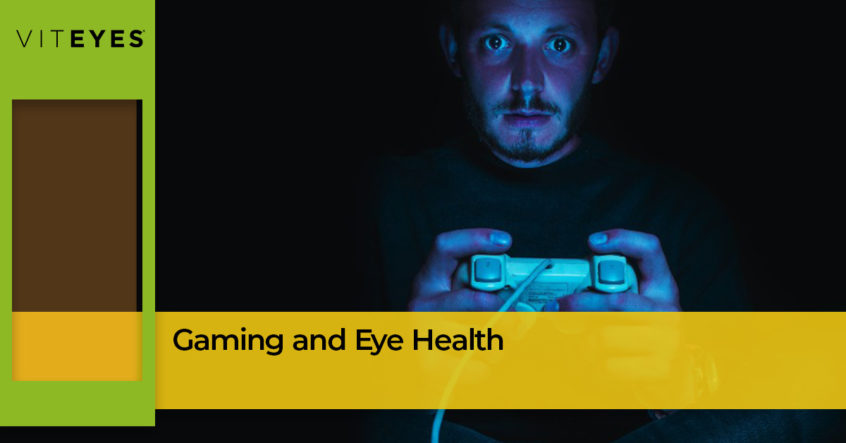Whether it’s on the latest game console, a tablet, computer, or a smartphone, more and more people are taking part in the gaming movement. Engaging and entertaining along with being educational, games serve many purposes. While many parents are concerned about the effects of gaming on eye health and other aspects, the entertainment and educational benefits often override these concerns. In today’s post, we’ll take a look at these concerns and discuss some of the risks and benefits of gaming and eye health.

First, it should be noted that we are in the height of a digital age where avoiding screens and gaming is nearly impossible. This does not make you a bad parent, nor is it something you should stress yourself out about fighting. Playing video games offers many noted benefits. Like anything else, video games should be enjoyed in moderation.


Over the last few decades, there has been a dramatic increase in the amount of screen time that children and adults alike engage in. In recent years, many educational tools have migrated from paper and hands-on toys to electronic versions and immediate feedback games. This has a growing number of parents (rightfully) concerned about the health of their children and the long-term effects. The good news is, there has been extensive research that concludes there are actually a myriad of visual benefits of gaming including better hand-eye coordination, peripheral vision, and even marked improvement in amblyopia (lazy eye).

It is important to remember that there are also some risks associated with gaming and eye health. For instance, eye strain and fatigue and dry-eye are common symptoms of staring at screens while gaming, as well as disruption of the natural circadian rhythm. A lot of the symptoms are not directly related to the games themselves, rather to excessive screen time and other poor habits. Let’s take a look at how you can encourage safe gaming practices.

- Limit use to no more than 1-hour per day and take frequent breaks — remember 20-20-20.
- Select age-appropriate educational games.
- Avoid violent or over-stimulating games, especially for the sensory-sensitive.
- Create space between the screen and your/ your children’s eyes.
- Don’t play in the dark — keep the light contrast minimal.
- Adjust screen brightness to the surrounding light to avoid eye strain.
- Adjust position to be in a good ergonomic position.
- Include gaming in overall screen time exposure for the day.
- Get just as much physical activity as gaming time each day.
- Eat nutritious snacks that support eye health.
- Protect the eyes from harmful blue light by using protective glasses or daily eye supplements

By no means are we recommending implementing electronic gaming as a way to build brain development or enhance eye health, but simply to put your mind at ease that gaming is not the lazy, mind-eating hobby that it was once suggested to be. You and your children can take part in crushing candies or the latest first-person journey game without worrying too much. For more information about the relationship between gaming and eye health, visit these online resources:
Video-Game Play Induces Plasticity in the Visual System of Adults with Amblyopia
Brain on Video Games
To help support optimal eye health while indulging in screen time, visit our online shop to browse blue light blocking glasses and Blue Light Defender eye supplements for kids and adults. Happy gaming!
